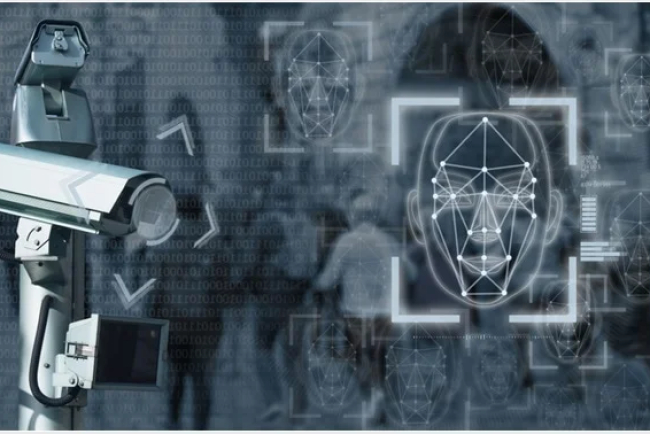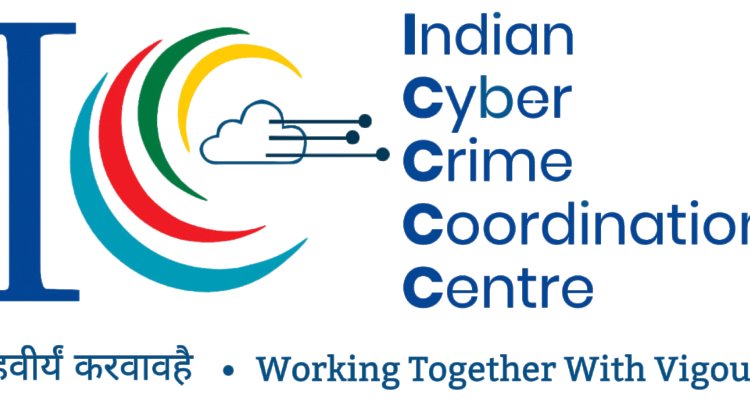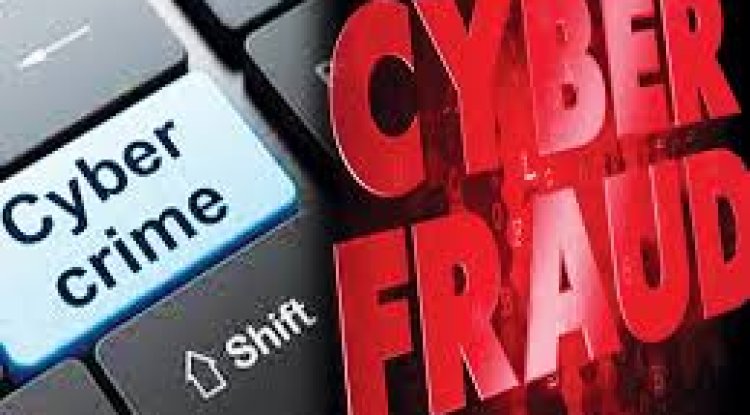Voice Biometrics and Speaker Identification in Legal Proceedings
The human voice has become a potent forensic tool in the era of remote communication and digital crime. Legal investigations are increasingly using speaker recognition technologies and voice biometrics to recognise, confirm, or rule out individuals based on their speech. Voice evidence is increasingly being used in criminal and civil processes, from deepfake audio to ransom calls and threat texts, particularly where there is a lack of visual or tangible proof.
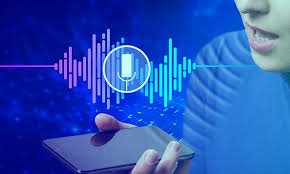
What Are Voice Biometrics and Speaker Identification?
Voice Biometrics
Voice biometrics analyzes a person's unique vocal features (e.g., pitch, tone, pronunciation, accent, laryngeal vibrations) to verify identity—much like a fingerprint or iris scan.
-
Text-dependent systems: Require the speaker to say a specific phrase.
-
Text-independent systems: Can identify a person from any speech content, useful in forensic cases.
Speaker Identification
-
Speaker verification: Confirms if the voice matches a known individual (1:1 match).
-
Speaker identification: Finds a match among multiple potential speakers (1:N match), commonly used in law enforcement.
Applications in Legal Proceedings
1. Criminal Investigations
-
Ransom, threat, or extortion calls: Speaker identification can pinpoint the caller.
-
Terrorism or Naxal communication: Used to identify voices from intercepted audio.
-
Online scams: Fraud calls to banks or investors can be traced using voice forensics.
2. Authentication in Digital Evidence
-
Banks, telecoms, and call centers use voiceprints for customer authentication. These recordings can become part of legal evidence if fraud is committed using voice mimicry.
3. Courtroom Testimony & Expert Witnessing
-
Forensic phoneticians or voice experts can present spectrograms (visual representations of voice features) as evidence.
-
Judges may rely on expert reports for speaker confirmation, especially when corroborated with other digital evidence.
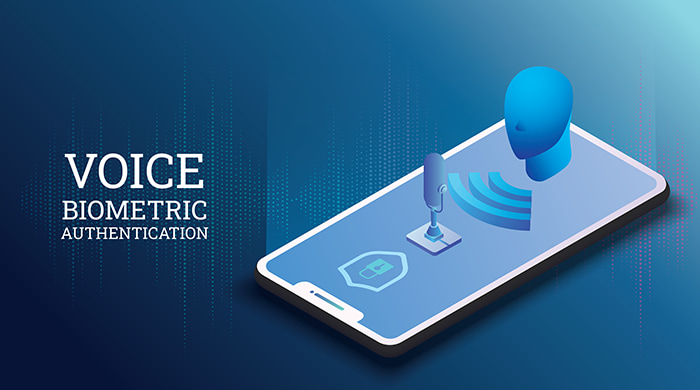
Tools and Technologies Used
-
Spectrographic analysis: Converts voice into frequency vs time graphs for comparison.
-
Machine learning algorithms: Train models to distinguish voice patterns among a dataset.
-
AI-powered voice recognition systems: Tools like iFlyTek, Nuance, or MIT Lincoln Labs’ VOICEBOX.
-
Formant and pitch analysis: Measures vocal tract resonance and tone.
Challenges in Legal Acceptance
-
Voice variability: Illness, emotion, or background noise can alter voice quality.
-
Admissibility: Indian Evidence Act currently lacks clear legal provisions for voice biometrics; courts require chain of custody and expert validation.
-
Voice cloning & deepfakes: Advanced AI tools can now mimic voices almost perfectly, creating new forensic challenges.
Legal Standing in India
-
Indian courts have accepted voice spectrogram analysis as evidence, provided:
-
The voice sample is legally obtained.
-
The analysis is conducted by a qualified forensic expert.
-
The method is scientifically validated.
-
The Future of Voice Forensics
-
AI vs Deepfake arms race: Forensic tools will need to evolve to detect synthetic voices.
-
Integration with other biometrics: Combining voice with facial or behavioral biometrics for stronger identification.
-
Real-time voice monitoring: Predictive policing via phone intercepts and proactive surveillance (raising ethical questions).
Follow cyberdeepakyadav.com on
Facebook, Twitter, LinkedIn, Instagram, and YouTube
What's Your Reaction?









